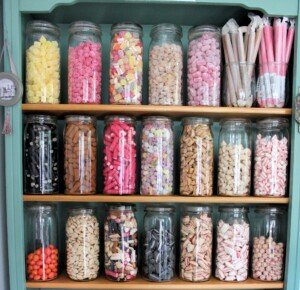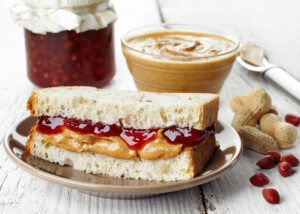
There’s all sorts of yummy hard candy out there, and being diabetic doesn’t mean you can never enjoy this kind of sweet food ever again.
With all the types of hard candy sold at candy stores, grocers and online, is there a particular kind that’s best for a person with diabetes?
Many diabetics, indeed, would like to know what type of hard candy is suitable for them.
“This question probably relates to diabetic candy,” says Susan L. Besser, MD, with Mercy Medical Center, Baltimore, and Diplomate American Board of Obesity Medicine and board certified by the American Board of Family Medicine.
Dr. Besser continues, “Those hard candies use a non-absorbable sugar substitute. The body doesn’t recognize it as sugar so it doesn’t raise the blood sugar. The body just eliminates it.
“On the other hand, this sugar substitute [sorbitol, mannitol or xylitol] can cause massive diarrhea if you eat too much of it.
“I don’t really restrict my patients by telling them not to eat hard candy. I recommend moderation.
“Hard candy isn’t really the best choice. It’s pure sugar (unless you are eating the diabetic type as I discussed above), but sometimes a single piece of hard candy is okay, and it doesn’t really matter what kind.”
The diabetic’s body won’t know the difference between the sugar in the hard mints, peanut brittle, lemon drops, cherry Life Savers or Skittles. It’s the same sugar.
The variable is the amount. Ten grams of sugar from Brach’s will have the same effect in a diabetic as would 10 grams of sugar from some Jolly Rancher pieces or Werther’s caramels.
Timing Is Everything
Glucose metabolism is most efficient immediately following intense exercise.
If you’re a diabetic who engages in high intensity interval training, CrossFit sessions or strenuous weightlifting, you’ll want to have your hard candy fix right after one of these workouts, or during the workout.
In fact, diabetics should check their glucose every 20 minutes during exercise, including steady state aerobics such as a Zumba class or hike, and have on them a convenient source of fast-acting carbohydrates just in case their blood sugar gets too low.
This is where the lemon drops, butterscotch pieces or whatever your favorite hard candy is could really come in handy.
Hard candy, even the “normal” type, can be a part of a diabetic’s healthy diet when eaten in small amounts that don’t disrupt blood sugar management.










































